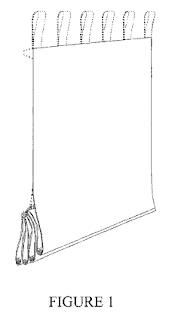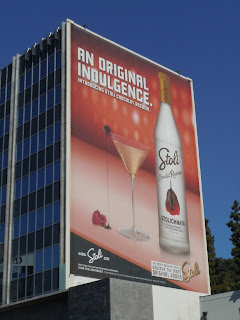A fairly mundane trademark opinion, Warden v. Falk, raised a trademark ownership question I hadn’t thought of. What is the legal effect of a consent to use and register the name of a living individual when the name is already a trademark?
Plaintiff Bob Warden was a QVC television personality selling cookbooks and endorsing others’ cookware products. Defendant Pamela Falk, “with whom Warden was previously involved in both business and romantic relationships with,” wanted to register the BOB WARDEN trademark in the name of co-defendant Dynamic Housewares, Inc. (DHI). Warden and Falk were advised by counsel that “If the application is to be filed in the name of [DHI] based on an oral license agreement from Bob to [DHI], we can go ahead and file the application now. However, if Bob decides to assign his name to [DHI], we should have an assignment agreement executed prior to filing the application.” No assignment was ever executed and Warden instead consented to the use and registration of his name as a trademark. The trademark was registered, Warden and Falk apparently had a falling out, Warden sued Falk, and finally he revoked his consent to the registration and any license he granted to DHI. (Calling John Welch … Can you withdraw consent to the registration of a name as a trademark after it’s registered?)
The court shot down an argument that the mark was assigned to DHI, in part on the theory that the consent to register would have been unnecessary if the mark had been assigned:
| Granting consent to use a trademark instead of transferring ownership in a mark is also inconsistent with an assignment of rights and title. Moreover, DHI’s acceptance of the right to use Warden’s name is a tacit acknowledgement that DHI did not own the trademark at the time Warden signed such consent. See A & L Labs., Inc. v. Bou-Matic LLC, 429 F.3d 775 (8th Cir. 2005) (explaining that “if [the licensee] had owned the trademarks, it would not have needed [the trademark owner’s] permission to use them); Hot Stuff Foods, LLC v. Mean Gene’s Enters., Inc., 468 F. Supp. 2d 1078, 1095 (D.S.D. 2006) (explaining the existence of a party’s license to use a trademark indicates the party does not own the licensed mark). |
The court takes it a little too far here. Trademark practitioners know that under Section 2(c) the mark could not have been registered without Warden’s consent. The statutory consent required, though, is for registration of a name, not a trademark — the two aren’t the same.
However, Falk admitted during her testimony on a motion for preliminary injunction that DHI was only a licensee, so the goose was cooked at that point. The court held that the application for the BOB WARDEN mark was void ab initio because DHI never owned the trademark.
But the case presents an interesting conundrum. Bob Warden had already-existing trademark rights in his name for cookbooks and endorsing cookware before he granted consent to register his name for the same use. If one has trademark rights in one’s name, consents to the registration of the name as a trademark for the same goods and services, and trademark ownership is a necessary predicate to registration, doesn’t that admit to some kind of ownership interest in the registering entity? Indeed, DHI and Falk also argued that the consent was an assignment, but the court didn’t buy it:
| Although an assignment in writing is not necessary to transfer common law rights in a trademark, an act which a party asserts is an implied agreement to transfer trademark rights will be construed as an assignment only if the conduct manifests agreement to transfer the rights. There is no strong evidence of intent to create an assignment here, only evidence that Warden refused DHI’s request for an assignment of his rights to his name. Moreover, the plain language of the consent form does not purport to transfer ownership rights, title or the trademark’s goodwill to DHI; it is merely a consent to DHI’s “use and registration as a trademark” of the Bob Warden name. |
But if there hadn’t been the admission that DHI only had a license, might this have gone differently? It seems to me that this case might be a closer call than the court made it look.
Warren v. Falk, No. 11-2796 (E.D. Pa. Sept. 21, 2011).

The text of this work is licensed under a Creative Commons Attribution-No Derivative Works 3.0 United States License.












